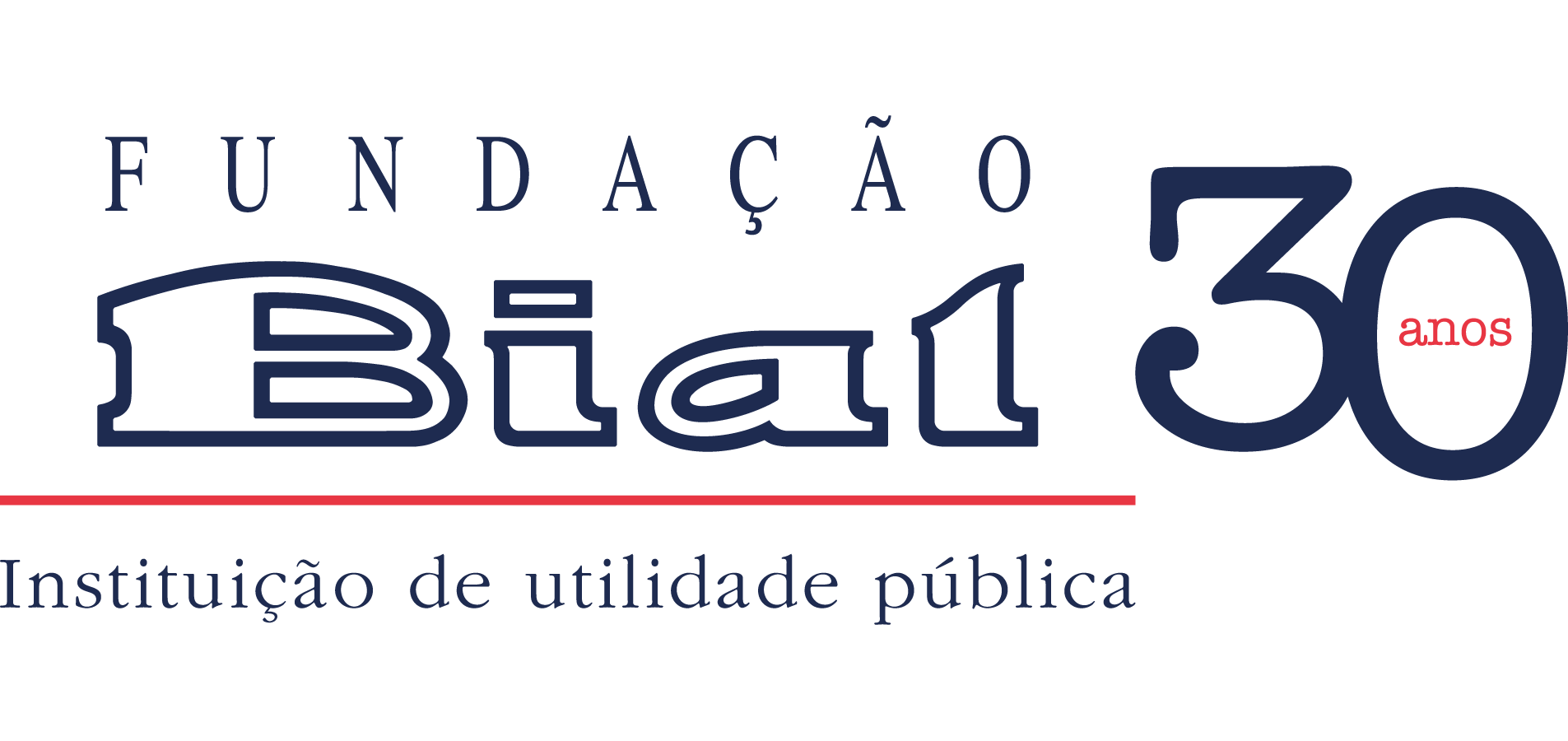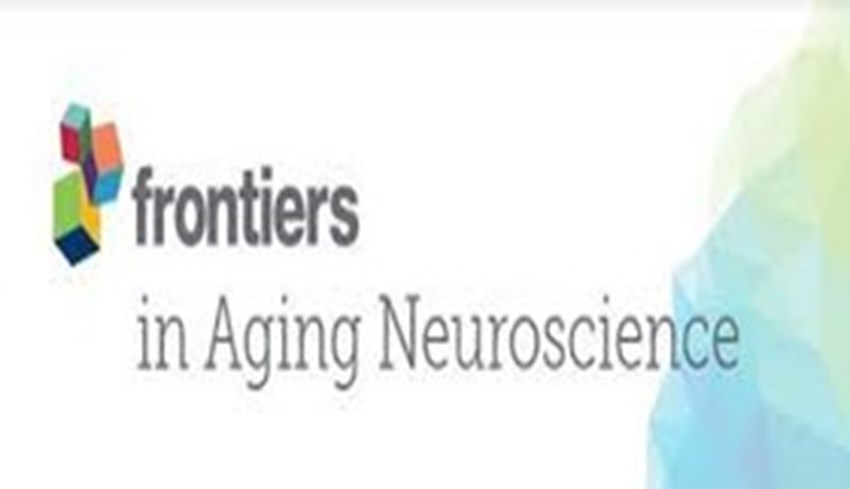Ana Teixeira-Santos, apoiada pela Fundação BIAL no âmbito do projeto 286/16 – Getting the aging brain to train: A working memory and neurostimulation approach, concluiu que o treino da memória de trabalho, em conjunto com estimulação transcraniana por corrente contínua, promove ganhos na memória a curto prazo e no raciocínio da adultos mais velhos. O artigo que detalha estes resultados “Working memory training coupled with transcranial direct current stimulation in older adults: A randomized controlled experiment” foi publicado na revista científica Frontiers in Aging Neuroscience.
Abstract
Background: Transcranial direct current stimulation (tDCS) has been employed to boost working memory training (WMT) effects. Nevertheless, there is limited evidence on the efficacy of this combination in older adults. The present study is aimed to assess the delayed transfer effects of tDCS coupled with WMT in older adults in a 15-day follow-up. We explored if general cognitive ability, age, and educational level predicted the effects.
Methods: In this single-center, double-blind randomized sham-controlled experiment, 54 older adults were randomized into three groups: anodal-tDCS (atDCS)+WMT, shamtDCS (stDCS)+WMT, and double-sham. Five sessions of tDCS (2 mA) were applied over the left dorsolateral prefrontal cortex (DLPFC). Far transfer was measured by Raven’s Advanced Progressive Matrices (RAPM), while the near transfer effects were assessed through Digit Span. A frequentist linear mixed model (LMM) was complemented by a Bayesian approach in data analysis.
Results: Working memory training improved dual n-back performance in both groups submitted to this intervention but only the group that received atDCS+WMT displayed a significant improvement from pretest to follow-up in transfer measures of reasoning (RAPM) and short-term memory (forward Digit Span). Near transfer improvements predicted gains in far transfer, demonstrating that the far transfer is due to an improvement in the trained construct of working memory. Age, formal education, and vocabulary score seem to predict the gains in reasoning. However, Bayesian results do not provide substantial evidence to support this claim.
Conclusion: This study will help to consolidate the incipient but auspicious field of cognitive training coupled with tDCS in healthy older adults. Our findings demonstrated that atDCS may potentialize WMT by promoting transfer effects in short-term memory and reasoning in older adults, which are observed especially at follow-up.





























































































